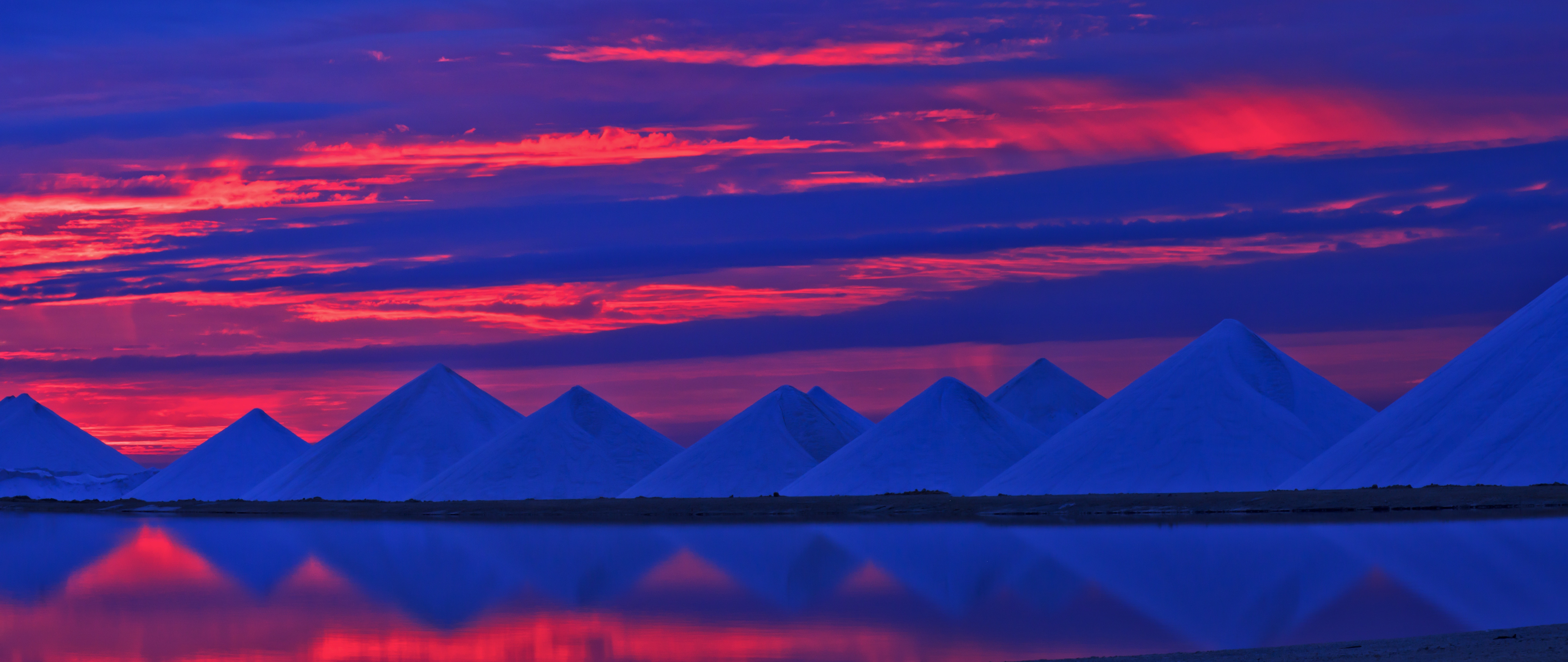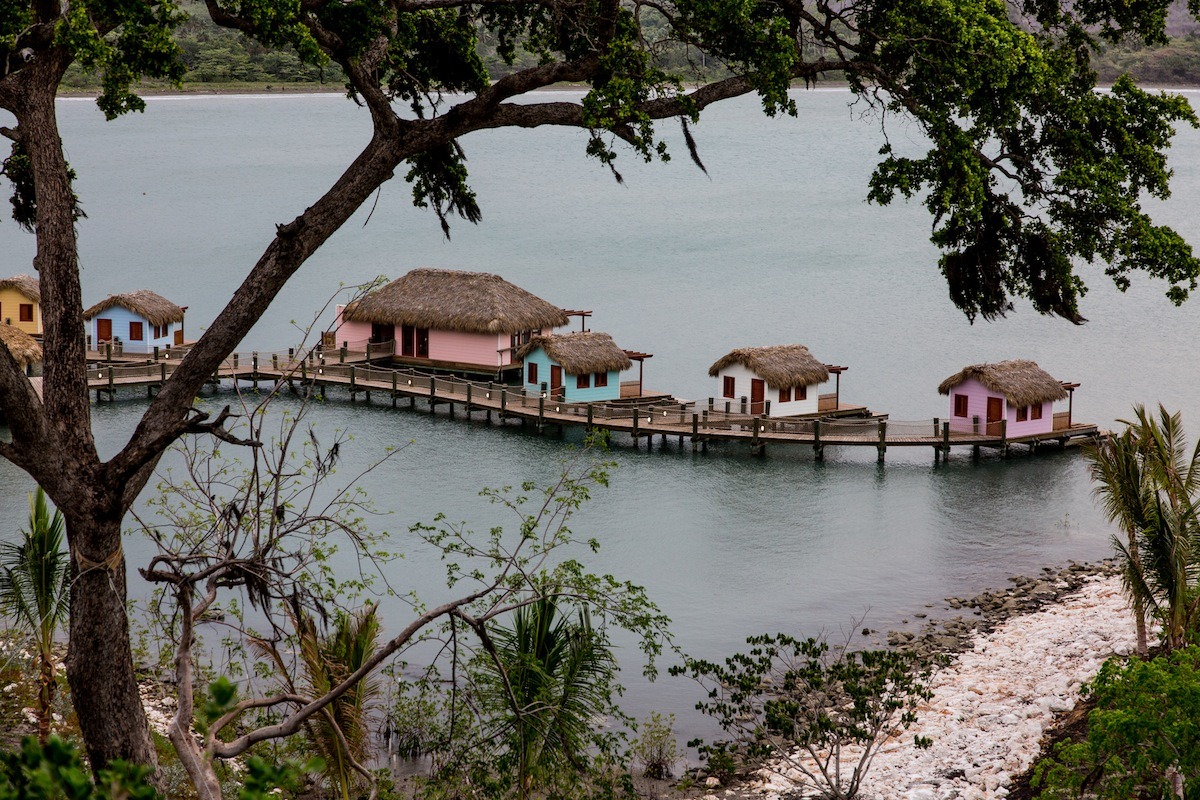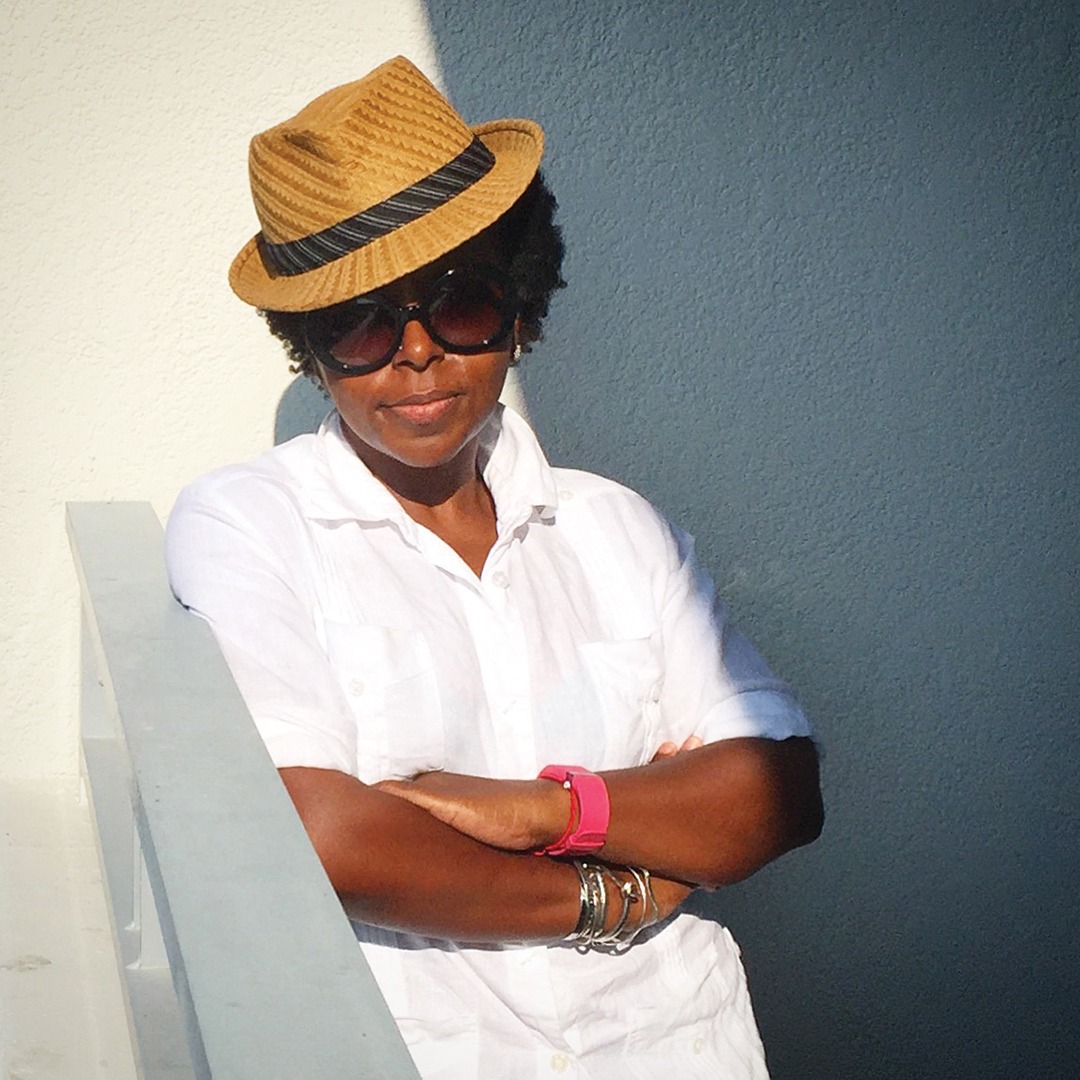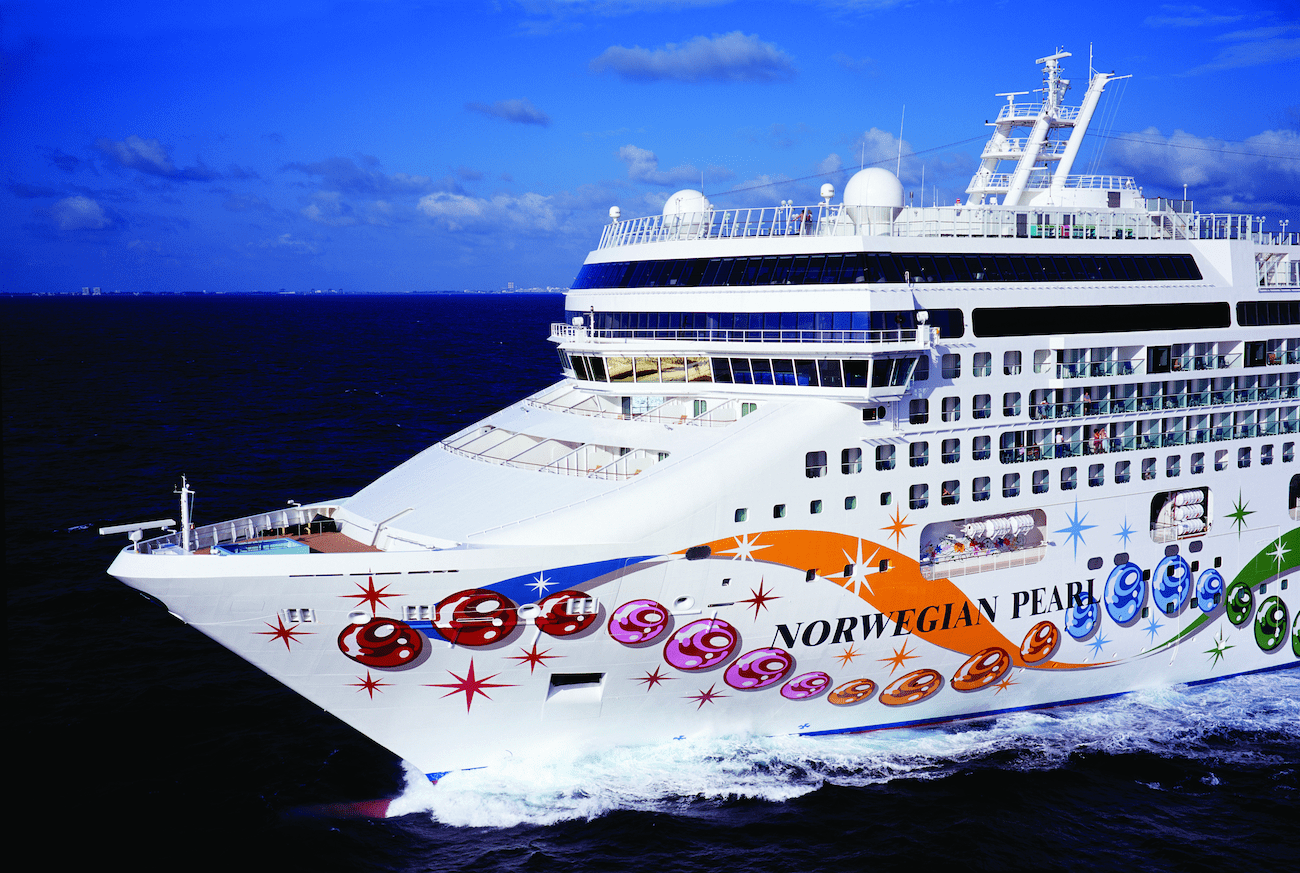
TRAVEL TIPS: Gettin’ Salty in Bonaire
The Caribbean is home to over 700 islands. Despite the region being such a popular tourist and vacation destination, there are still some spots that fly under the radar. One of these is Bonaire, the B of the “ABC Islands”. Its closest neighbors are Curaçao and Aruba, with Venezuela only 60 miles to the south.
Every year over 300,000 travelers venture off the beaten path to Bonaire, with roughly ⅔ of them coming by cruise ship on East Caribbean itineraries. Many come for diving, so it’s no surprise that the Bonaire National Marine Park is a major attraction. When it was established in 1979 it was the first of its kind in the Caribbean, and consists of the entire coastline from the high-water mark to a depth of 200 feet. Snorkelers and divers will be thrilled to know that over 450 species of fish call these reefs home.
Fret not non-divers, there are still wonders to be seen above sea level! As you arrive to Bonaire, whether by air or water, you can’t help but notice a peculiar line of white pyramids sticking out on the southeastern end of the island. Each one is roughly 50 feet high and contains 10,000 metric tons of salt. These pyramids aren’t made of snow or sand, and weren’t created by an ancient culture in a mysterious desert, but rather by solar dehydration. This solar salt facility covers 13% of the island and produces between 300,000 and 500,000 metric tons of salt annually.
In addition to the stark, white monuments, you can’t help but notice the contrasting pools of pink water. When I say pink, I mean pink! And you can thank the algae for that stunning color. Different levels of salinity create different floras of algae and bacteria, which thrive in this environment, and turn different colors in the salt pans. What is even more remarkable is that the solar salt facility also houses the largest pink flamingo sanctuary in North America!
The Pekelmeer Flamingo Sanctuary is home to over 10,000 flamingos and is one of the rare places where flamingos breed. Tourists are not allowed inside the sanctuary itself, but the birds can be watched with binoculars from the road, or nearby Pink Beach (a great little spot for snorkeling). This type, the Caribbean flamingo, is the most colorful of flamingos, due mainly to the red carotenes in its diet. The sanctuary is also home to other marine animals and numerous other species of bird.
If you only have a few hours on the island, make the most of your time with a tour that will show you the highlights of its 111 square miles, including these stunning salt flats, the nearby salt pier (a favorite of underwater photographers) and the flamingo sanctuary.
 Travel tips from smart travelers like you.
Travel tips from smart travelers like you.








